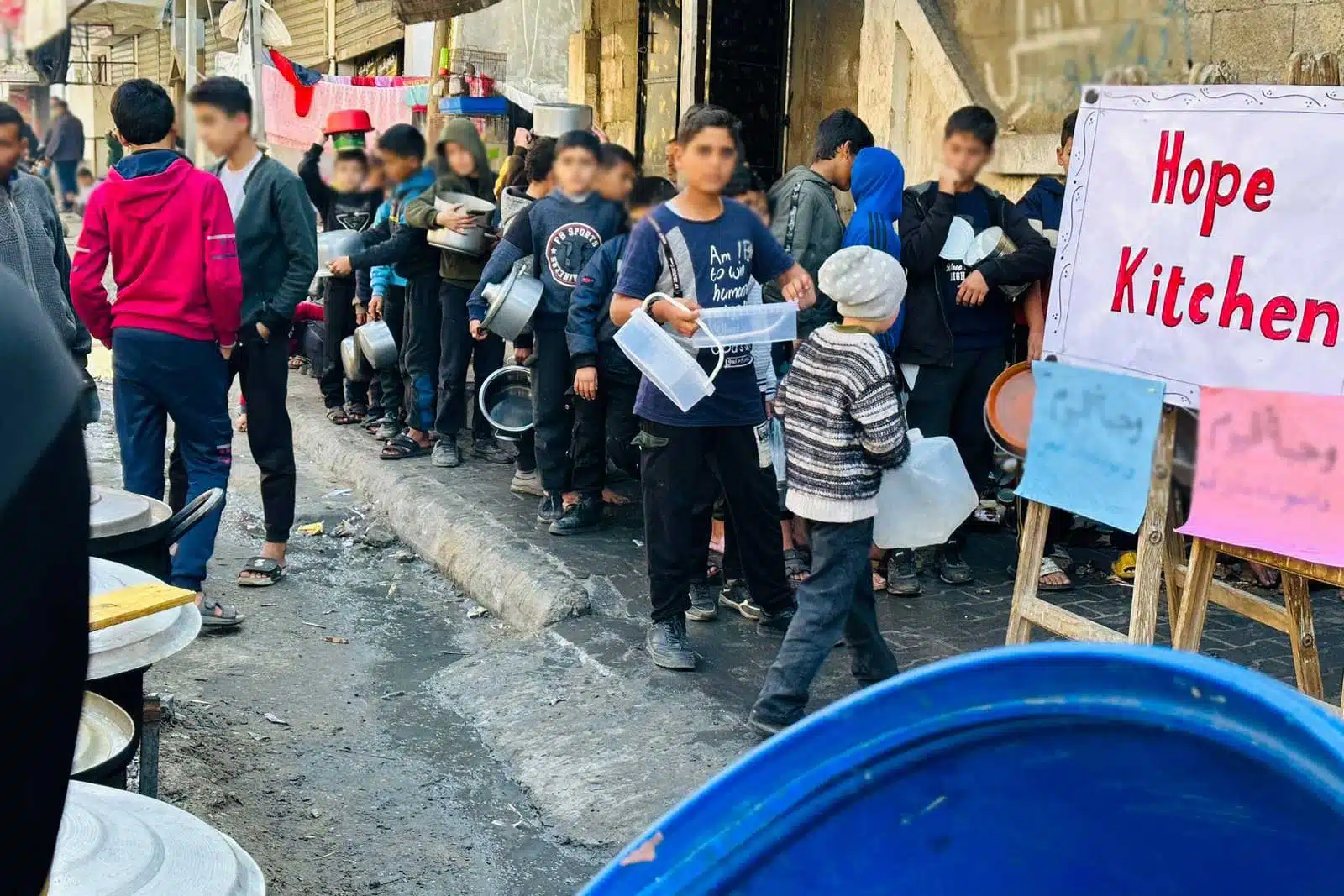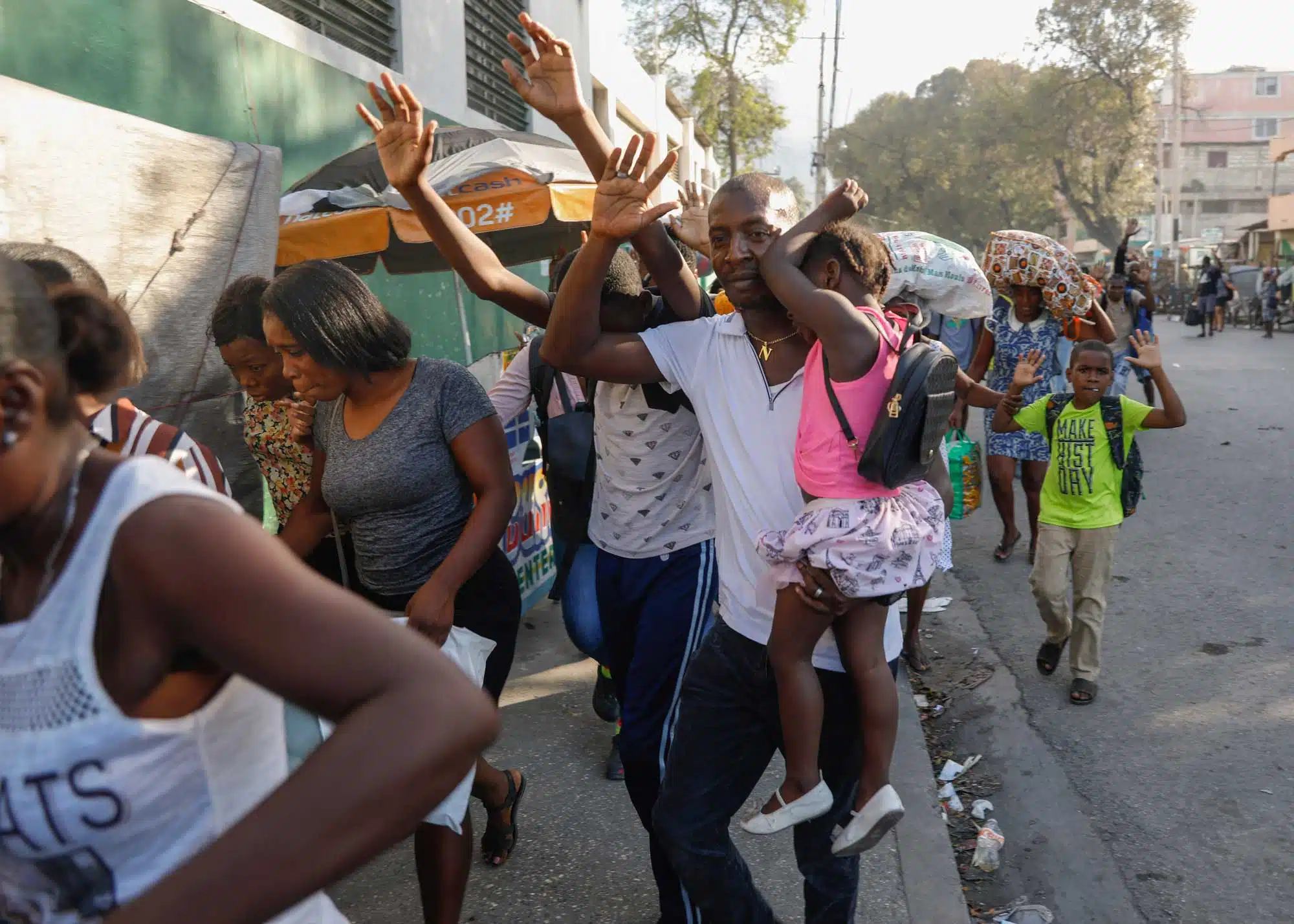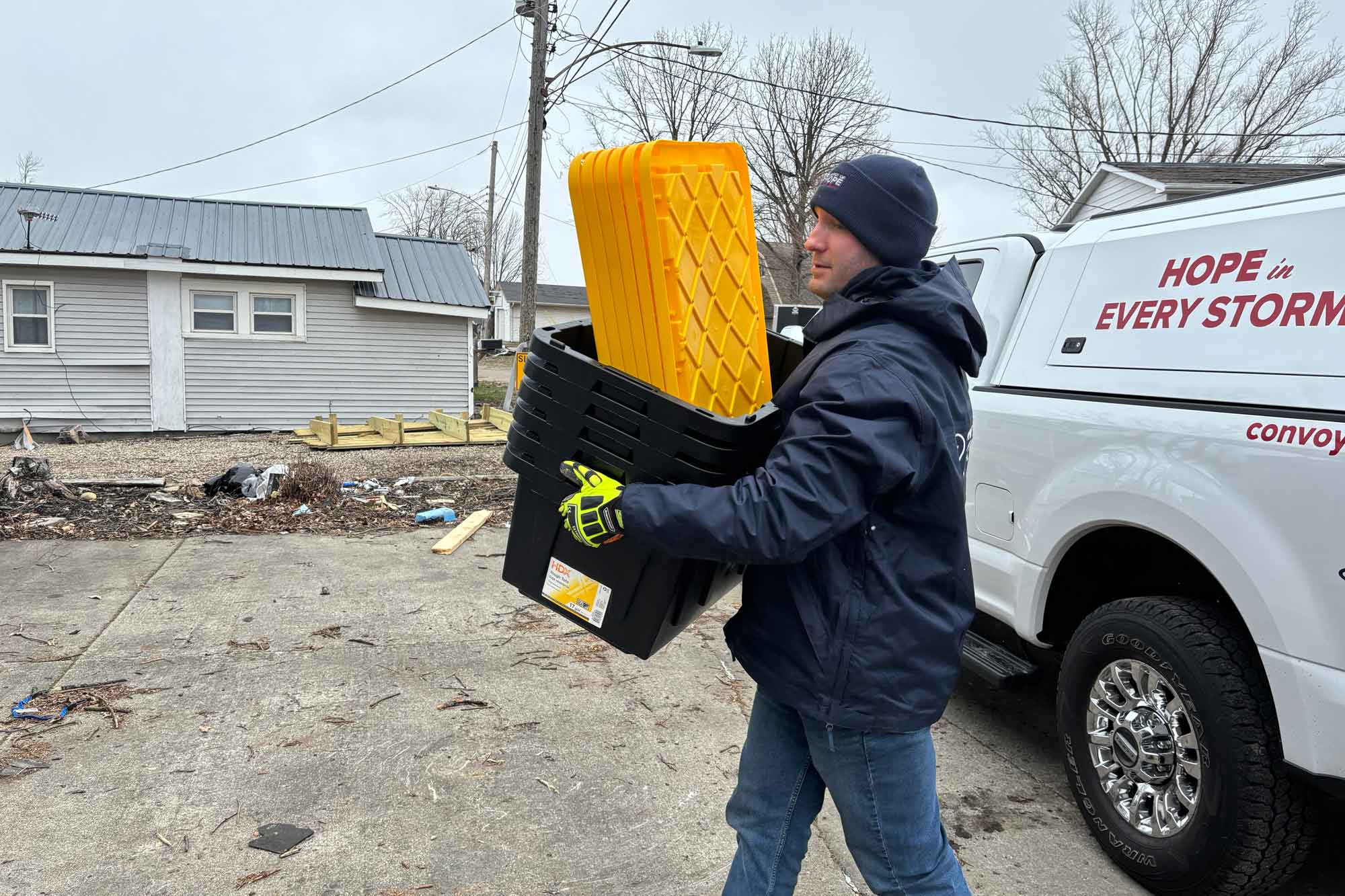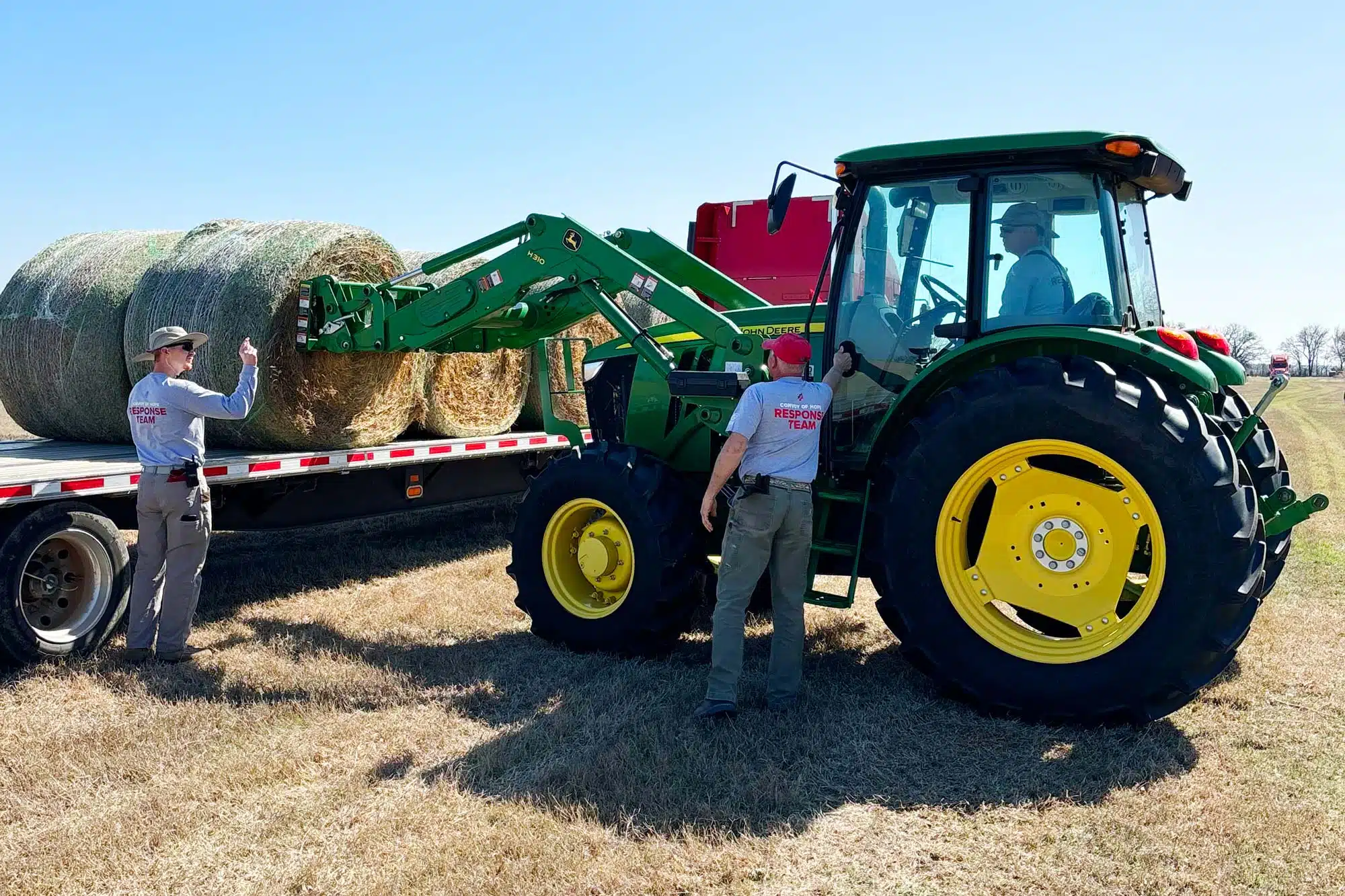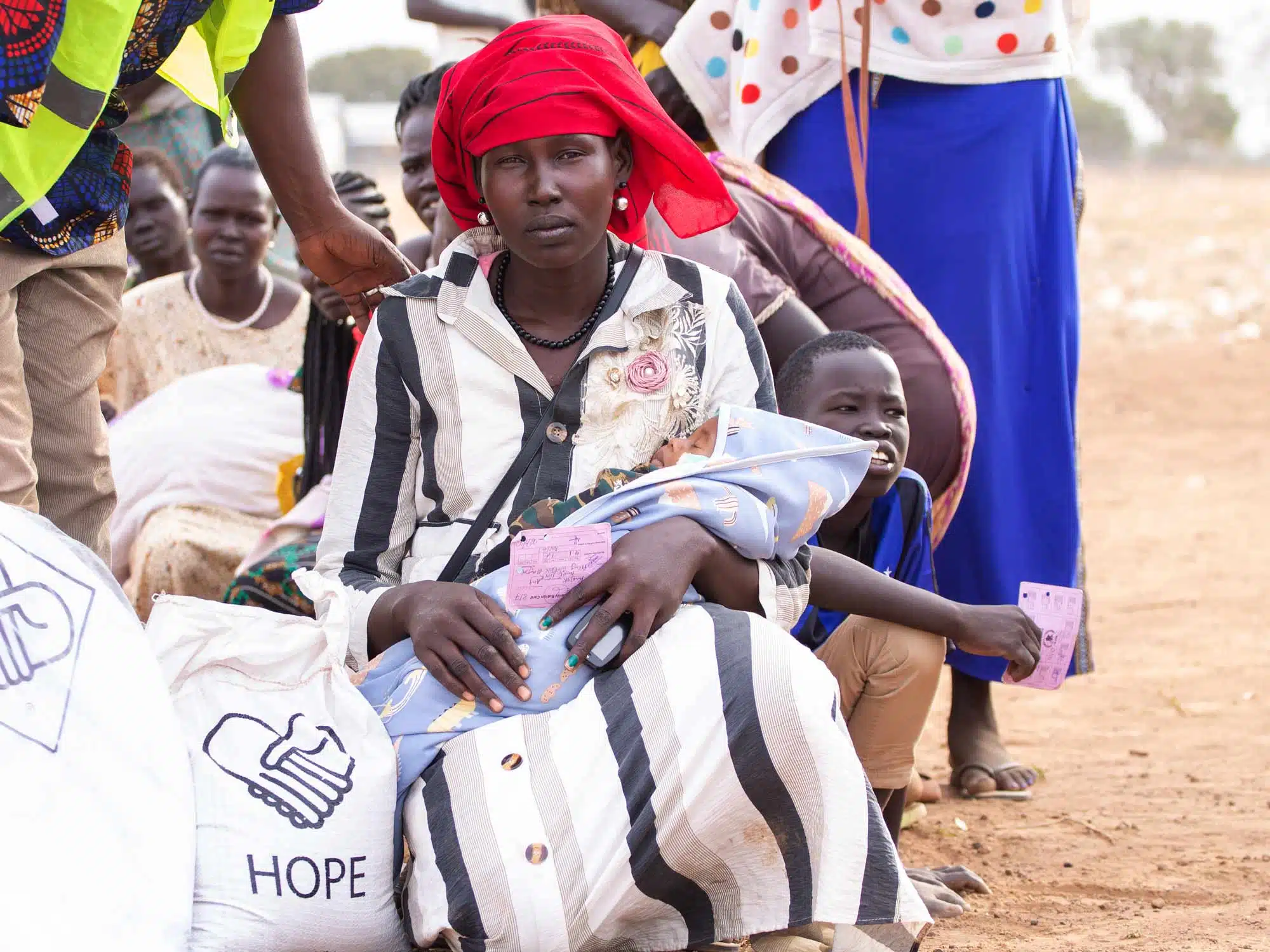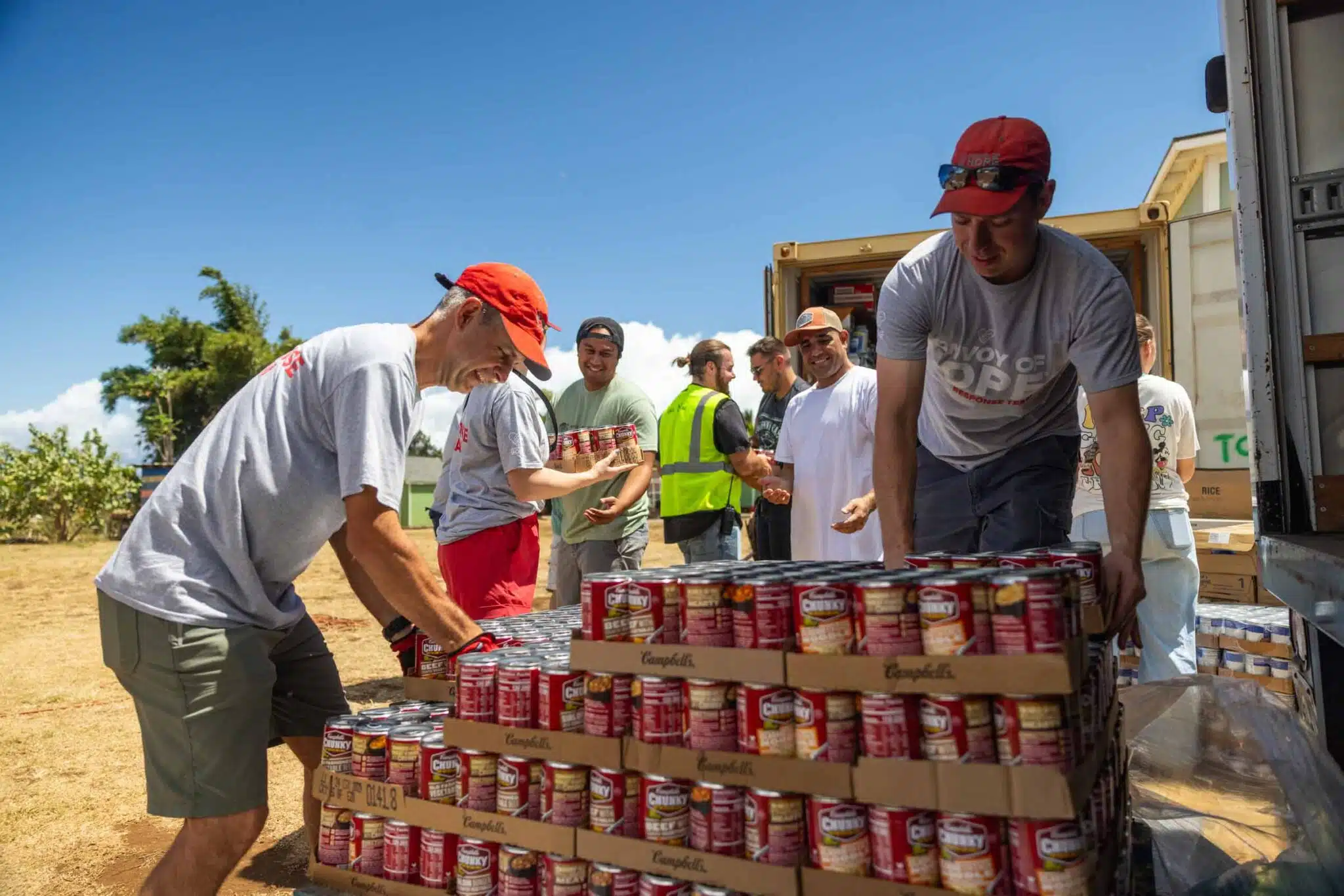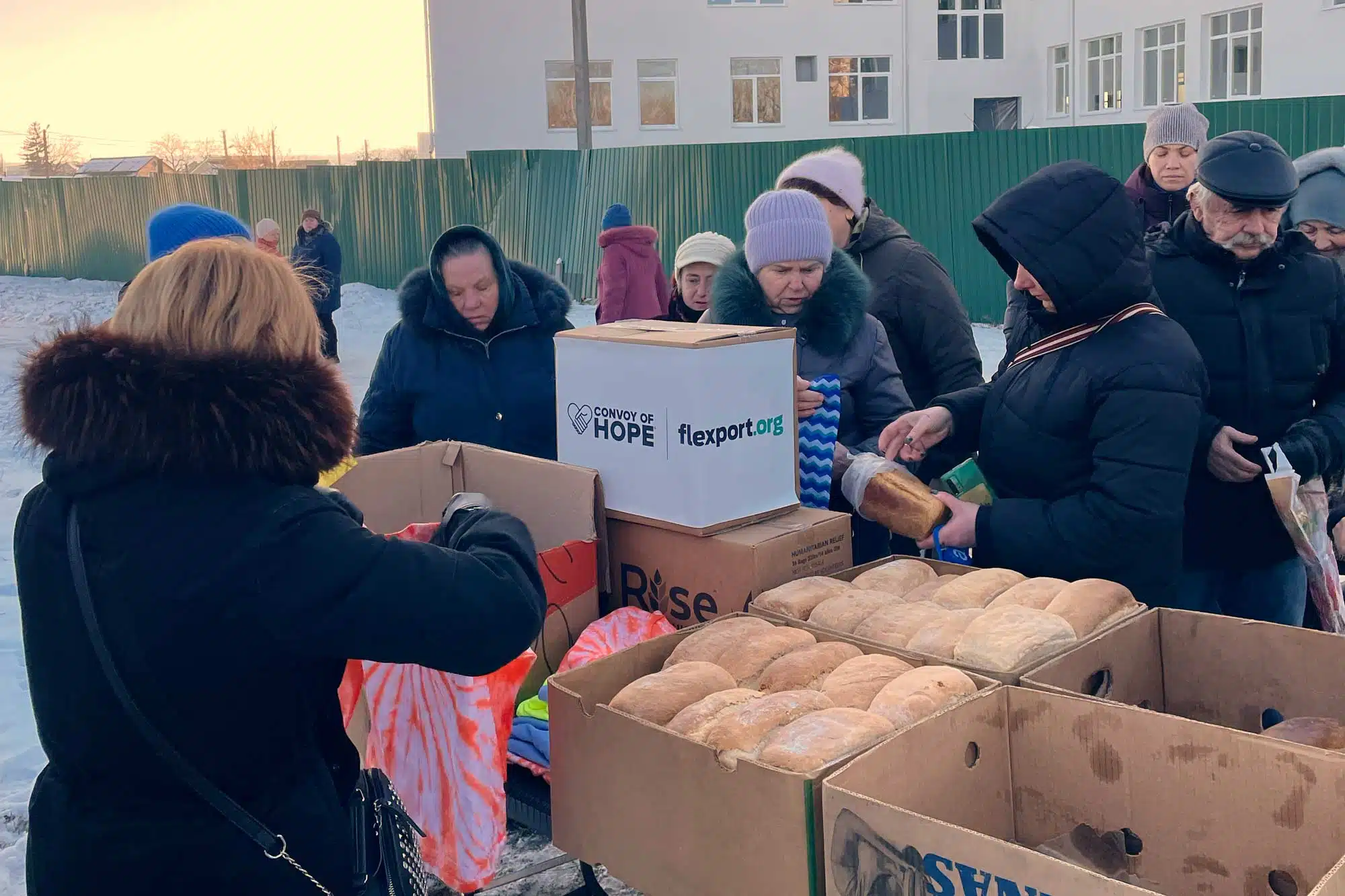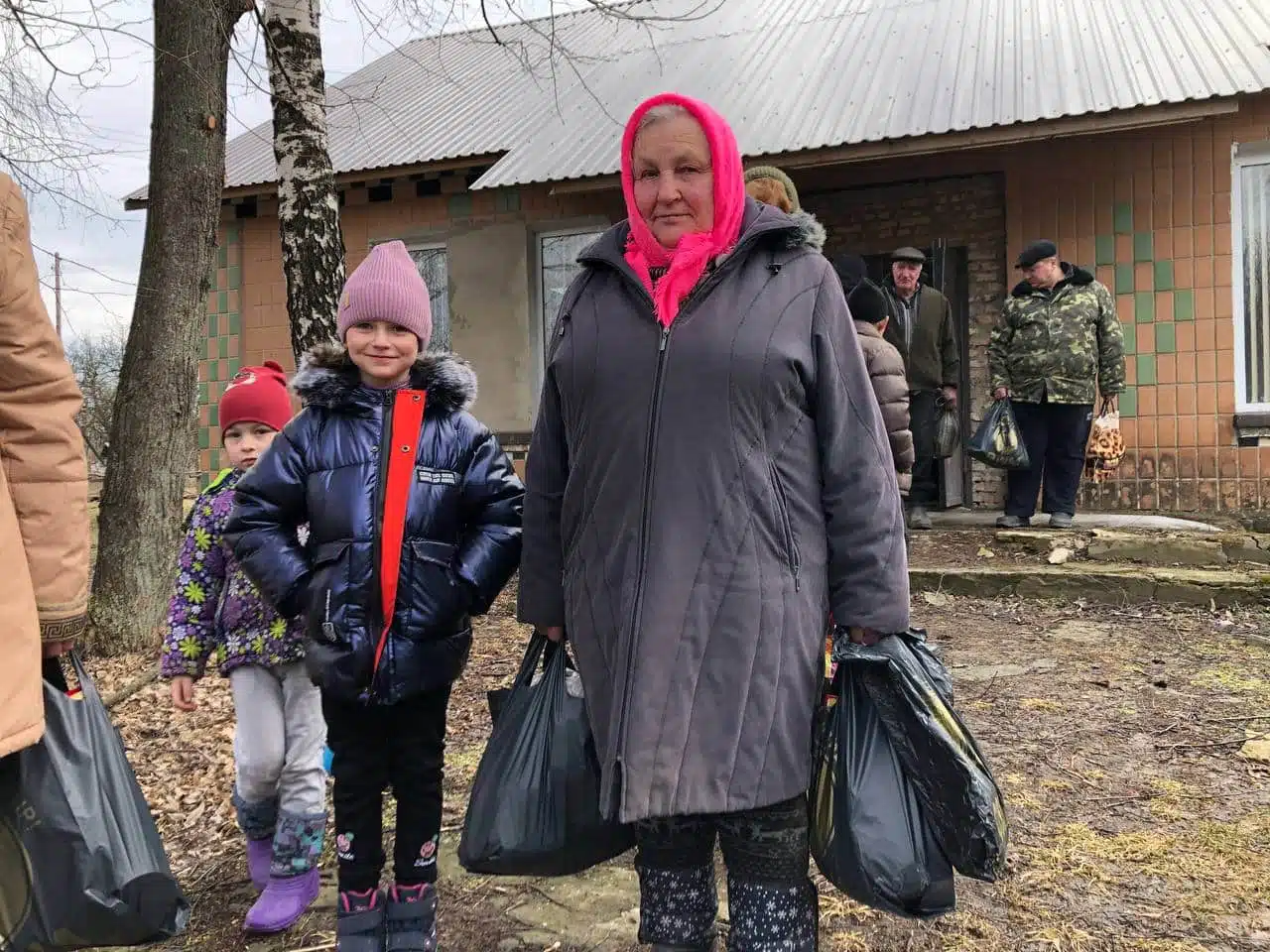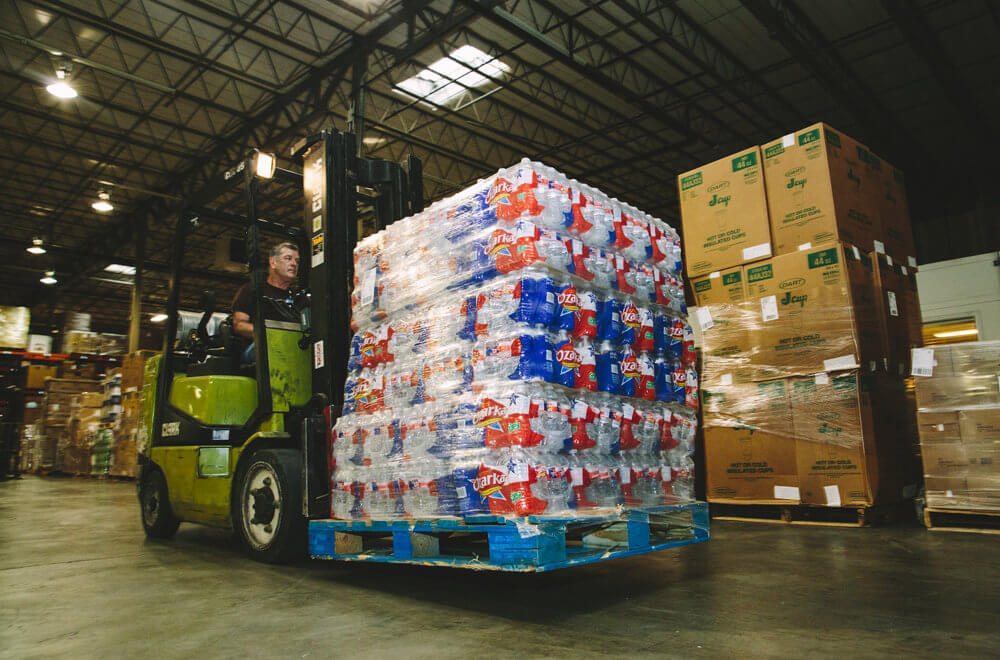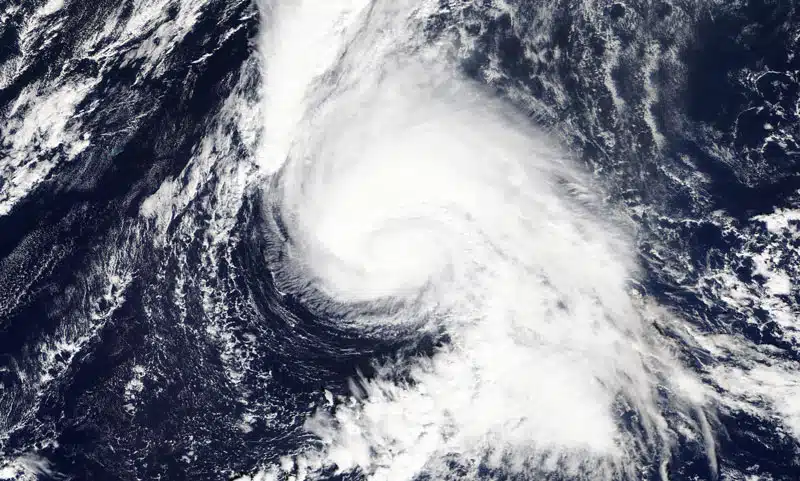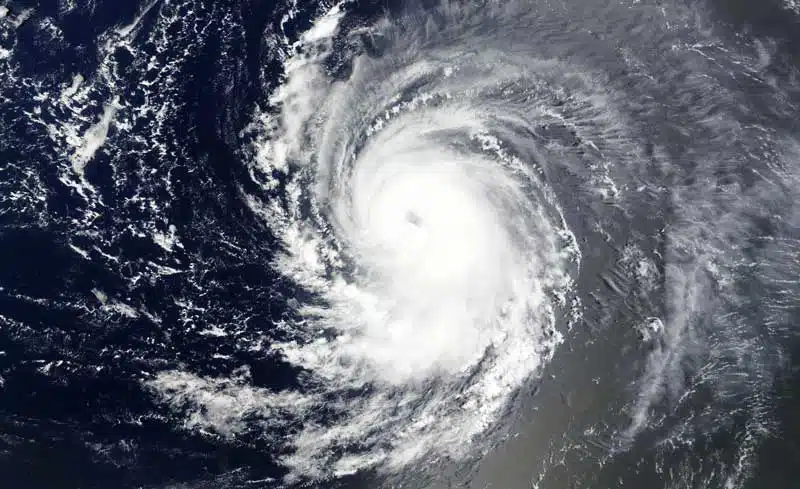Each year, the Atlantic hurricane season includes a number of named storms, whether they form as tropical storms or hurricanes.
Those names come from one of six official lists maintained and rotated each year by the World Meteorological Organization.
You can see the current lists here. Leslie is the 12th name on the list for 2024.
If this year’s season stretches to include 12 named storms, what will define Tropical Storm Leslie as opposed to Hurricane Leslie? Wind speed.
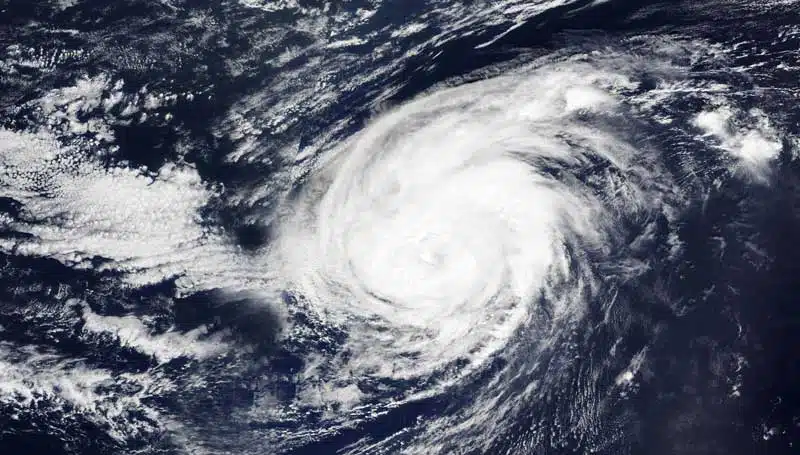
Hurricane Leslie on October 11, 2018, near peak intensity southwest of the Azores.
Progression of Storm Naming
Step 1
All named storms are a form of tropical cyclone — a rotating, organized system of clouds and thunderstorms that originates over tropical or subtropical waters and has a closed low-level circulation.
Step 2
Early in a cyclone’s development, as a tropical depression, wind speeds are less than 39 mph. Tropical depressions are not given names but are numbered and tracked in case they grow into tropical storms or hurricanes.
Step 3
When sustained wind speed reaches 39 mph, a tropical storm is named.
Step 4
If that speed reaches 74 mph, you have a hurricane.
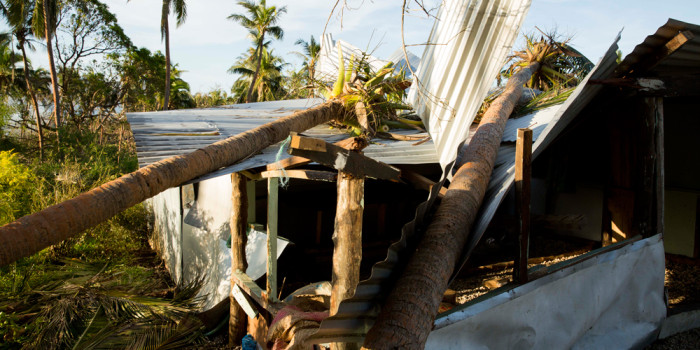
Always remember, even if a tropical storm never achieves hurricane status, it can pose a threat to lives and property.
This is powerfully demonstrated by the history of “Leslie” storms.
In 2000, Tropical Storm Leslie was weak and short-lived.
However, its weather front precursor ended up being costlier than any other cyclone in that year’s Atlantic hurricane season.
How is that possible?
The weather moving in front of Tropical Storm Leslie brought heavy rain to Cuba, peaking at more than 8 inches around Havana.
That was nothing compared to the impact in southern Florida. Torrential rains, with a maximum of 17.5 inches in South Miami, pummeled the state.
When the clouds cleared, more than 93,000 homes had been flooded, affecting 214,000 residents. Three people had died. Federal assistance to the area topped $170 million.
If you live in an area where such a storm system is expected, take all necessary precautions, keep up to date on reports of the storm’s path, and don’t underestimate the potential impact to your community.
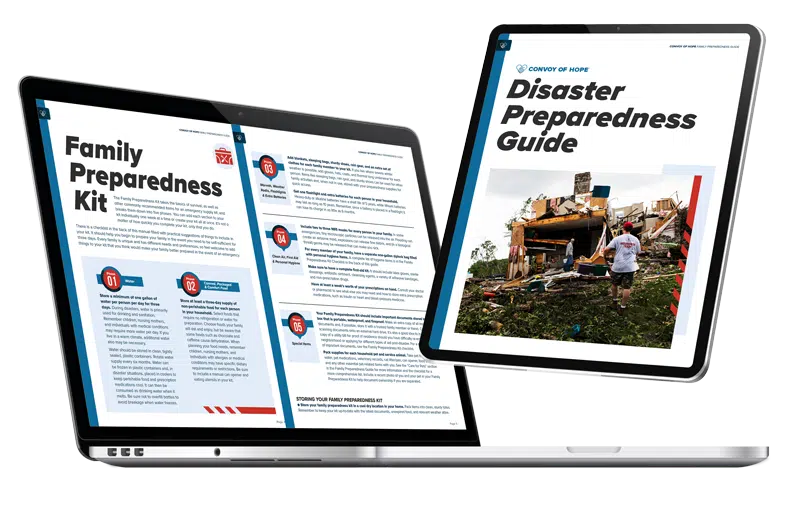
The Power of Preparedness
Ensure your family is protected in the face of unexpected challenges with our Disaster Preparedness Guide.
Topics Include:
— Family Communication Plan
— Evacuation Plans
— Care for Pets
— Weather Monitoring
Download Our Disaster Preparedness Guide!
Start your journey to preparedness now and download the guide to learn practical steps for facing any disaster confidently.
"*" indicates required fields
When Was Hurricane Leslie?
With cyclone names being reused every six years, and the 2006 Atlantic hurricane season proving to be one of the least active in history, Leslie would not be the name of another storm until 2012.
That year, Hurricane Leslie had far less of an impact on land than Tropical Storm Leslie had in 2000.
In 2018, Leslie was again a named hurricane, this time proving to be influential in a surprising part of the world, as you’ll see below.
Where Did Hurricane Leslie Hit?
Hurricane Leslie in 2012 never posed a serious threat to land. At one point, it appeared poised to make a heavy landfall on the island of Bermuda.
Instead, it stayed east of the island, resulting in sustained winds of barely tropical storm strength and about 3 inches of rain.
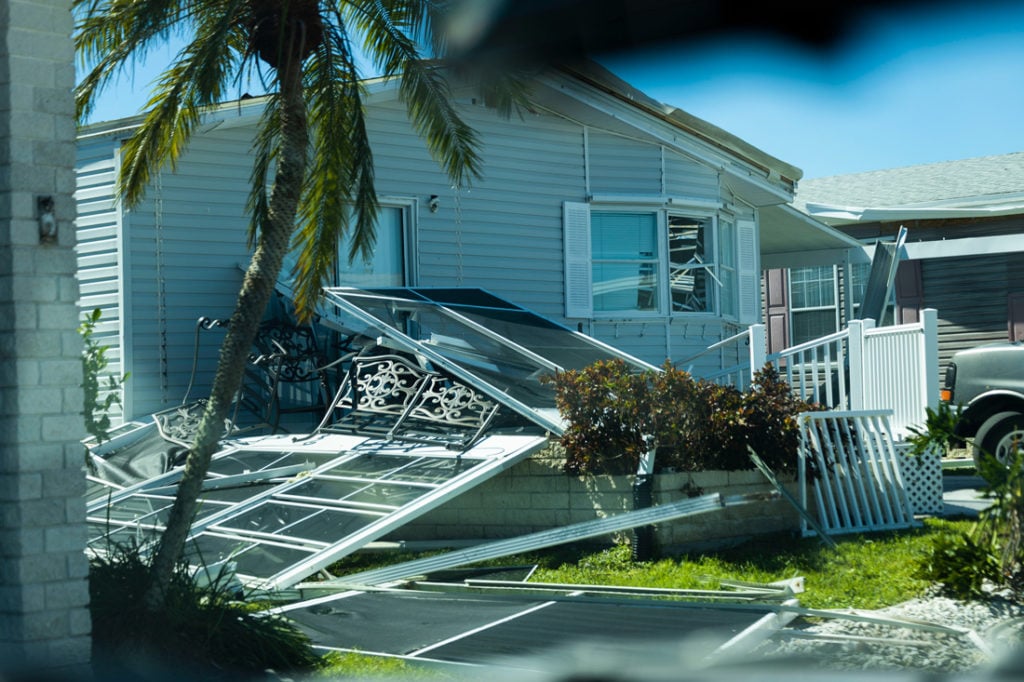
Leslie maintained tropical storm status as it moved northeast in the Atlantic, eventually bringing heavy rain to parts of Canada.
Hurricane Leslie moved in an unusual direction in 2018. While most hurricanes begin with weather systems moving off the coast of West Africa, Leslie began with wind circulation in the northern Atlantic.
After looping several times in that part of the ocean, Leslie beat a direct northeastern route to Europe. It became the strongest cyclone to hit the Iberian Peninsula since 1842.
What Category Was Hurricane Leslie?
In 2012 and 2018, Hurricane Leslie remained a Category 1 storm, but their very different locations and rates of dissipation created very different results on land.
What Time Will Hurricane Leslie Make Landfall?
If you research, “What time did Hurricane Leslie make landfall?” in connection with any of the years mentioned, the answers will not help you prepare if Leslie becomes a significant storm in 2024.
It’s wise to stay up to date on weather forecasts and be aware of a specific storm’s estimated landfall if a current storm is predicted to reach your region.
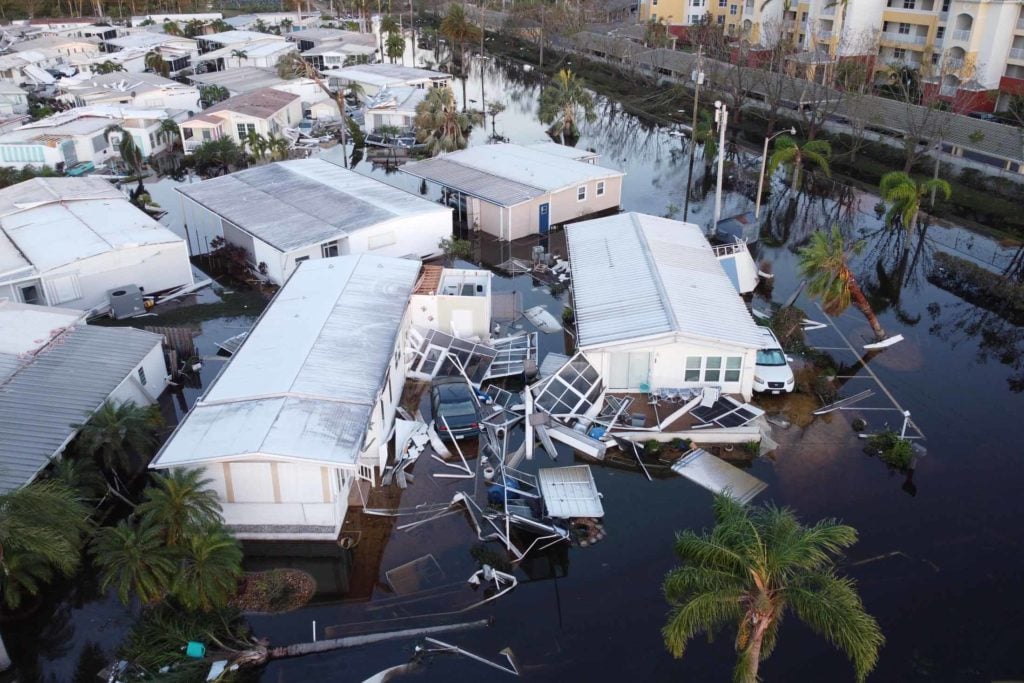
Thanks to satellite and radar imagery, those predictions can be very accurate, giving you plenty of time to prepare.
Don’t make the mistake of waiting until the last minute to reach a safe area.
This article will be updated should more details about Leslie become available in 2024.
How Many People Died in Hurricane Leslie?
In 2012, Hurricane Leslie barely brushed Bermuda and Canada, with no fatalities reported.
In 2018, it was a different story. The storms generated by Leslie in Europe caused significant damage in Portugal and heavy rain and flooding in Spain and France. In all, the storm killed 17 people.
What Was the Path of Hurricane Leslie?
Hurricane Leslie in 2012 followed a common path for cyclones, beginning with a tropical wave off the coast of Africa and moving east across the Atlantic.
Rather than entering the Caribbean, however, Leslie skirted east of Bermuda and moved up the eastern U.S. coast toward Canada.
In 2018, as noted above, Leslie developed in the northern Atlantic, moved through several large loops, and then headed directly toward Europe.
Convoy of Hope & Hurricanes
Convoy of Hope is a faith-based nonprofit organization serving the poor and hungry in dozens of program countries around the world.
Because natural disasters have such a deep and negative impact on communities, Convoy views disaster response as integral to its larger mission.
Food, water, and other key resources quickly become scarce following hurricanes and other disasters.
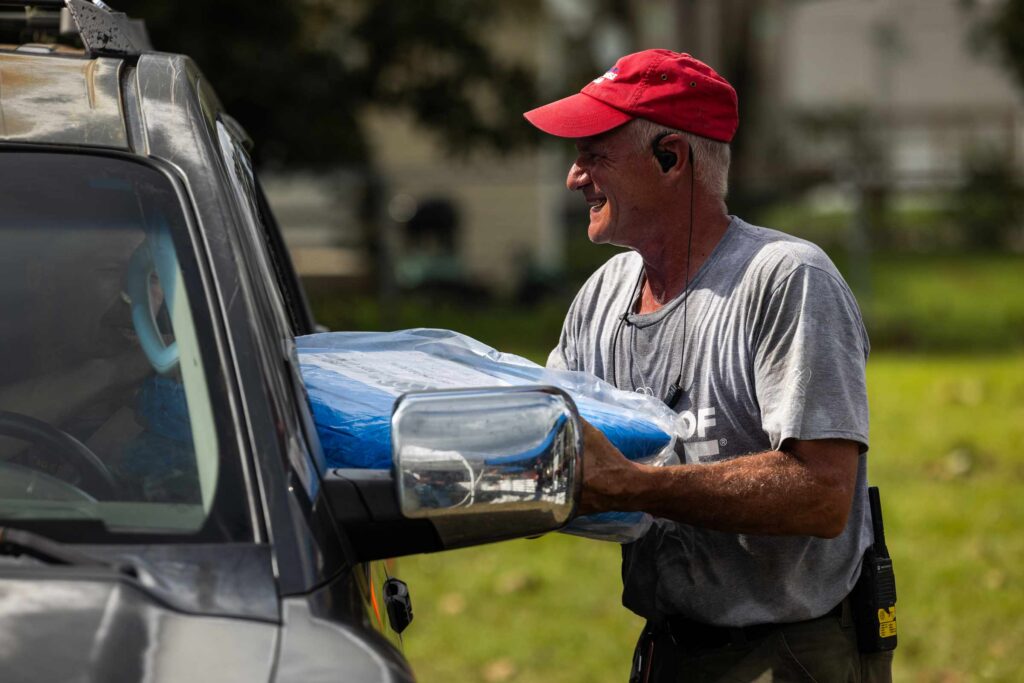
For 26 of those years, Convoy has been serving communities impacted by storms, beginning in 1998 with a response to flooding in Del Rio, Texas, that followed that year’s Tropical Storm Charley. Hurricanes continue to be an annual priority for the organization.
How Convoy Responds to Hurricanes
Step 1
The Disaster Services team at Convoy’s World Distribution Center follows weather updates closely throughout hurricane season. Days ahead of a predicted landfall, careful planning pulls together the resources intended for distribution in affected communities.
Step 2
Volunteers and team members pack food, water, cleaning supplies, and more before a convoy of trucks heads toward the disaster zone.
Step 3
After a hurricane has passed and a community’s needs become clear, one or more distribution points can begin operation.
Step 4
With the help of local churches and other organizations, volunteers and Convoy team members offload pallets of supplies from semi-trucks and strategically position them across a large parking lot.
Step 5
Soon, residents are driving by gratefully accepting groceries, bottled water, bags of ice, cleaning supplies, and other resources.
Hurricane Idalia: A Case Study
When Hurricane Idalia made landfall in Florida on August 30, 2023, it brought sustained winds of 115 mph and created a larger storm surge and higher wind gusts than that part of the Gulf had seen in 125 years.
Some areas — like the island city of Cedar Key — experienced a 9-foot storm surge.
Convoy’s team had been following reports on Idalia closely. Personnel were on the ground in Perry, Florida, by the next day assessing damage and meeting local officials and partners to identify the best ways to meet needs.
Within a week, Convoy had distributed more than 287,000 pounds of relief supplies to tens of thousands of people across the region.
Convoy of Hope responds to natural disasters around the world — earthquakes, floods, wildfires, hurricanes, and drought — offering help and hope to people facing some of the most challenging circumstances in their lives.
As a nonprofit, faith-based organization, Convoy has a driving passion to feed the world through children’s feeding initiatives, community outreach, and disaster response.
